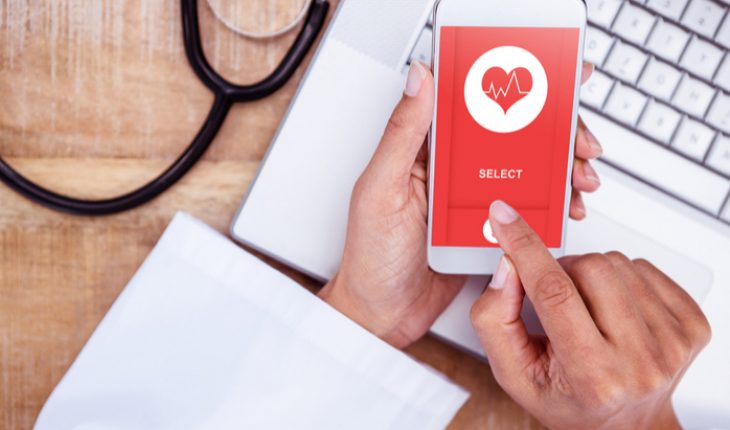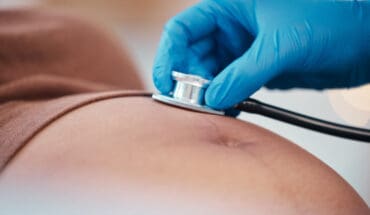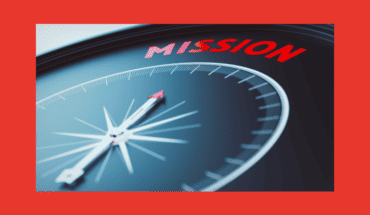Technology and innovation are being invoked as saviours of an over-stretched NHS whose seventieth birthday is looming, particularly as both hospitals and general practices face unprecedented winter pressures. Whether teleconsultation, direct-to-consumer genetic testing or using artificial intelligence to predict risk of disease, the promise of these novel approaches seems compelling.
Whether teleconsultation, direct-to-consumer genetic testing or using artificial intelligence to predict risk of disease, the promise of these novel approaches seems compelling.
Professor Tony Young, National Clinical Director of Innovation at NHS England, gave a refreshingly positive slant on how technology and innovation can change models of care, including genomic screening at population level and mobile phone applications to improve patient posture.
Any health professional who has worked over the Christmas or New Year period has had the unenviable experience of breaking the bad news to a patient who is not well enough to go home. For the first time in some years I was not working over the festive season, but was in hospital wondering whether any new technology could enable my mother to be discharged in time. You are forgiven for questioning the relevance of an extravagant turkey roast dinner celebrating the birth of Christ to a family of Hindu tradition. However, rest assured; this is the only three-line whip event in our family calendar and no custom or trimming is missed.
The ward had been transformed into Willy Wonka’s Chocolate Factory and the tinsel-clad staff reached above and beyond the call of duty to boost the morale of their patients. My mum had a total colectomy three months ago for bowel cancer which was thankfully picked up early, but her post-operative recovery has been challenging. This second readmission with a severe pneumonia had knocked the wind out of her sails. Despite shortages of both doctors and nurses easily visible to any visitor, no stone was left unturned in the care of a full ward of patients. Most importantly, patients and their relatives were kept informed, in a range of accents spanning Europe and beyond.
I am a cardiologist and a researcher studying how digital processes might be used to improve healthcare. In fact, I currently work in a field where the more I can work terms like “big data” and “omics” into grant applications, the more likely I am to succeed. When I asked my mother what she wanted, she never once said she needed more innovation, technology or genomics to enhance her healthcare. On one occasion, I found her upset because she had not been told the results of blood tests or why antibiotics had been stopped. Even as an active proponent of “digital transformation”, “machine learning” and “artificial intelligence”, I struggle to think of an instance where they would have helped with these issues.
That relief when a loved one is discharged late on Christmas Eve is hard to describe until you have worn those shoes. It was a surgical registrar and a nurse who announced that she could go home safely and the latter hugged my mother with the good news. When she filled in her feedback form, my mother commented on excellent care, kindness and compassion of staff. Both NHS data and scientific literature suggest that the commonest patient complaint about their healthcare is poor communication. The most pernicious threat to the NHS now, and in the future, is the lack of human and financial resources, which results in poor communication and medical errors. No website, predictive tool or advanced analytics is close to replacing the human contact which is and always will be a prerequisite of good medicine. Technology and innovation can make the job easier but they cannot do the job.
- Technology and innovation: enablers but not saviours of the NHS - 8th January 2018
- Data, data everywhere, but are doctors ready? - 24th April 2016







